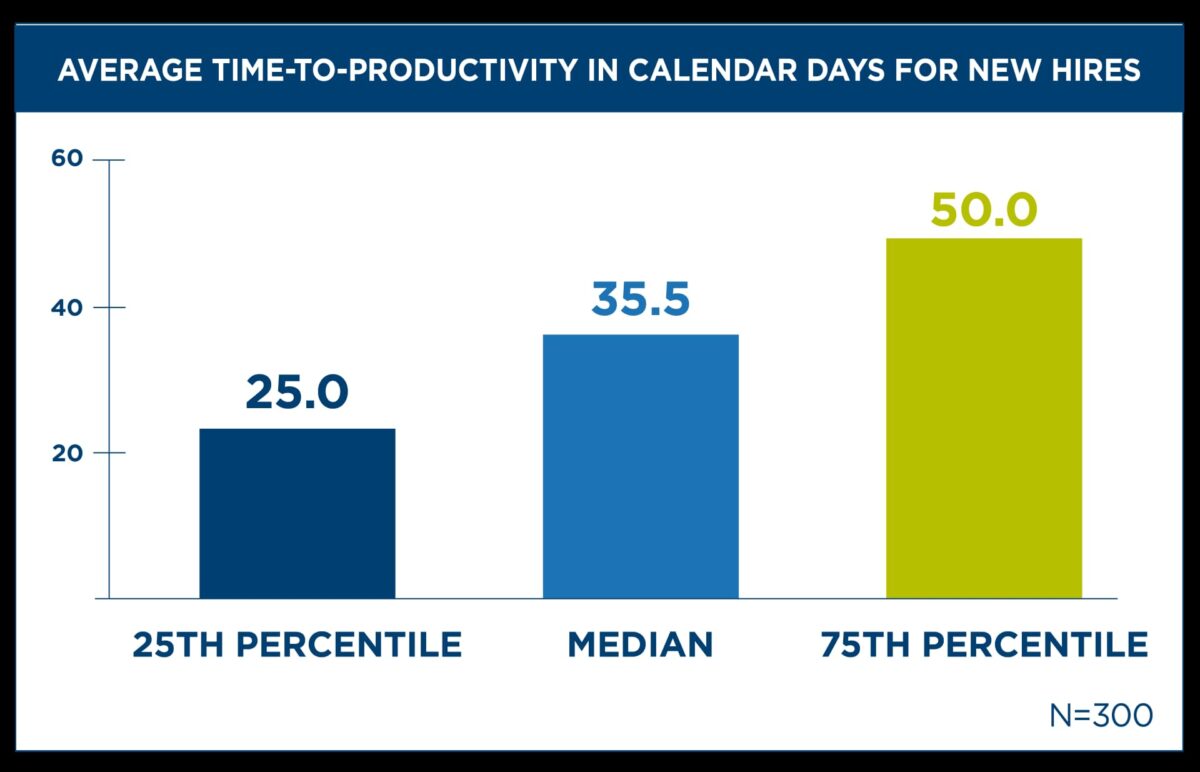I was fortunate to hear Rita Gunther McGrath speak about ‘The end of competitive advantage‘ recently in a talk that both excited and scared me. The central theme was that the days of finding ‘sustainable competitive advantage’ are long gone and that companies will need to behave in a very different way to survive. That scares me because I don’t see many organisations doing a good job of delivering change. I’m not basing this on Kotter’s statistics on how many change initiatives fail, I’m basing this on what I see around me in organisations and on the stories I hear every day.
I see far to many change initiatives failing. I see many programmes that don’t actually address what is broken but primarily focus on changing the organisational structure when the main problem is the business model, the culture, ineffective leadership, or inadequate performance management. I see new leaders initiating reorganisations as a quick way to make their mark, and then claiming success just because the change is finished regardless of whether anything is better. I see a lot of organisations where people are going through an almost annual cycle of ‘applying for their own job’ and some places with so many disconnected change initiatives underway that people are disorientated. And I see change fatigue setting in, with people finding that not caring any longer is a survival technique that will see them through.
I know that everything is easy with the benefit of hindsight, I know that change programmes are difficult (my own stint as Change Director in a large corporate is probably the toughest job I’ve ever had), but if there is an ever-increasing need for something that we’re generally bad at then we’d better find a way to get a lot better at it.
I believe that part of the solution lies in having a more robust dialogue and challenge in the initiation of change programmes and that one way of doing this is to manage a portfolio of change initiatives. This means that each initiative in the portfolio is reviewed for its cost, risk, and value and there is an honest discussion on the ROI (Return on Investment) of change:
Cost: How much is this change going to cost in terms of time, money, and impact on people?
Risk: An honest assessment of the likelihood of success. There is room for both sure-fire things as well as experiments that will test hypotheses and produce learning.
Value: What is the real effect that you want to see from this change and can you ‘join the dots’ from what this initiative will deliver to the effect that you need?
I believe that a more robust challenge, asking ‘is it worth it?’ can lead to a much more honest dialogue about change that will radically impact the shape of the change portfolio. It should, I believe, result in a more agile approach to change that does fix what is actually broken and encourages more innovative approaches (and the taking of calculated risks).
Change – is it worth it? Yes, if we do the right things.







